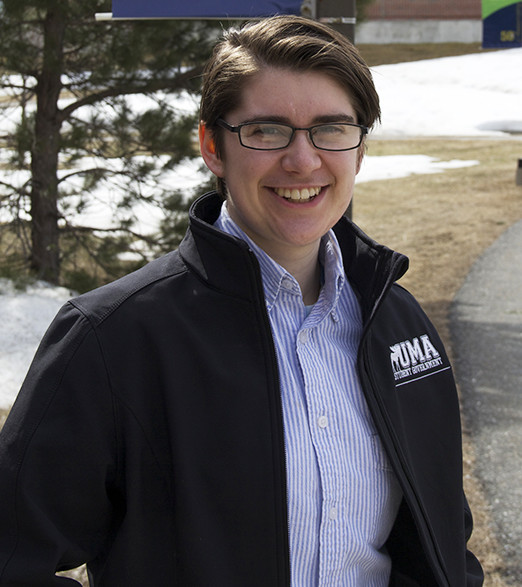Working as a writing tutor has taught me a thing or two about plagiarism.
On a college campus, plagiarism is kind of like the Boogeyman: no one is really sure it exists in the real world despite the horror stories everyone hears, but everyone is still secretly terrified to encounter it in real life.
Every English class I’ve taken — and I’ve taken quite a few in my pursuit of my English degree — warns against the dangers of plagiarism, accidental or otherwise. Proper citation is not only about clueing your readers into whose idea you were inspired by and giving a guide to extra reading, but is also about protecting yourself from accidentally falling into a quicksand trap of intellectual theft from which there is no return. Several classmates of mine have expressed that the idea of unintentionally plagiarizing is so terrifying to them that they can’t imagine why someone would do it on purpose.
That’s why high-profile plagiarism cases are so stunning to me. Most recently the internet was on fire about Melania Trump’s almost word-for-word lifting of a part of a speech Michelle Obama had given for a similar event eight years ago. But that’s certainly not the only case where someone is accused of borrowing a little too closely. Songwriters are constantly in the news for plagiarism, and every time a new author has a best-selling book, at least one person claims to have actually written the story, just in a book that no one else read.
Every time something like this happens in the news, it makes me start to think about plagiarism and why it is so bad. The conclusion I came to is that when a student plagiarizes, their audience loses the chance to really see the student’s own thoughts. And that holds true for when people plagiarize outside of the classroom as well.
As a writing center tutor, I like to remind students that their thoughts are paramount to a professor. In an assignment that calls for a student to take some kind of stance, a professor does not want them to simply copy and paste another person’s ideas. Now, quoting someone or allowing their voice to come through in an essay is not, in itself, a bad thing to do. But if you do find someone’s ideas valuable enough to repeat, you need to give that person credit.
This is true not only because giving credit for ideas is important, but because it allows readers to re-contextualize what was said. As I mentioned earlier, one of the reasons for citations is to point a reader back to the original author’s work. Although the words of a quote may be the same in your paper, they may have been used in a completely different way in the original context. Being able to discover that can lend more meaning to the quote, and expands the conversation that one’s essay is contributing to. Plagiarism removes someone’s words from their original context and tries to fit them into a new context without allowing readers the opportunity to make their own decision about the words.
For some students, I suppose, intentional plagiarism can be a product of self-consciousness or lack of time. Whatever the reason is, this doesn’t change the fact that every student has something valuable to say, if only due to the fact that it is that student’s own words. And as a general rule, to avoid unintentional plagiarism, make sure to cite any idea or information from a source that isn’t considered common knowledge.
My personal rule of thumb is to cite anything from a source that makes me — or would make my audience — say, “Huh, I hadn’t thought of that before.”
Kim Carter is an English student at the University of Maine at Augusta with an expected graduation in December 2016. She is also involved in many other activities on campus including working as a representative in the Student Government, tutoring in the Writing Center, playing the guitar and singing at campus events, speaking at academic presentations, and giving campus tours.
Send questions/comments to the editors.



Comments are no longer available on this story